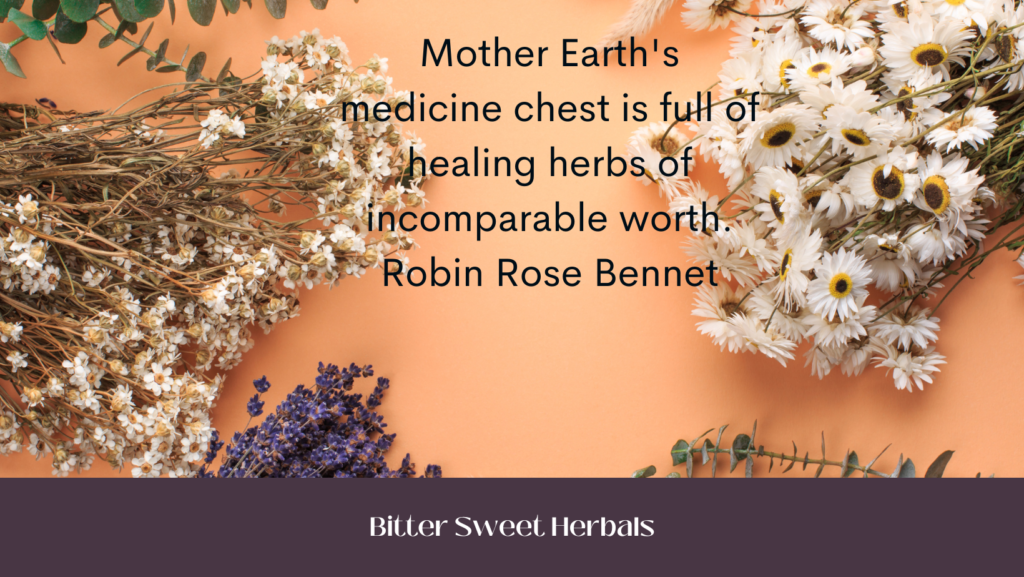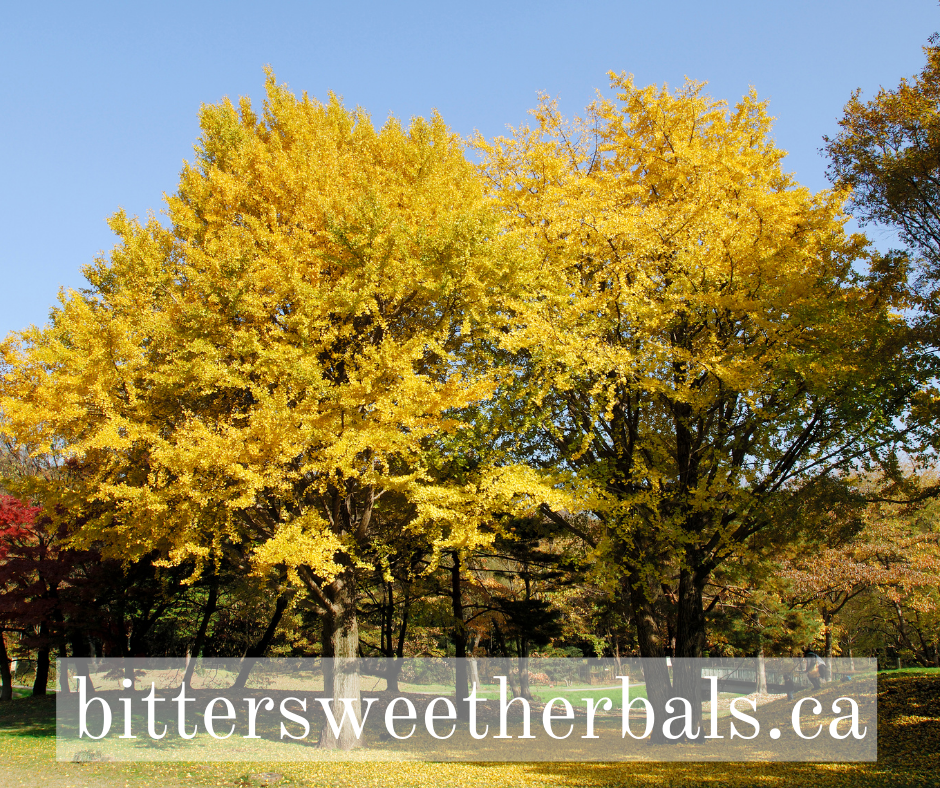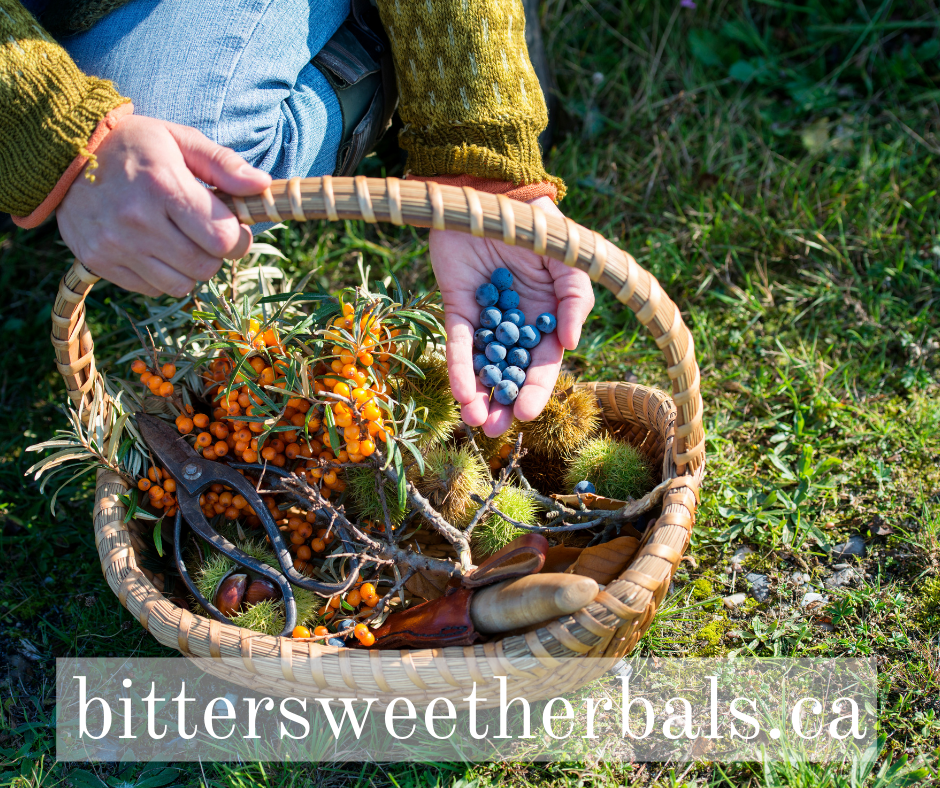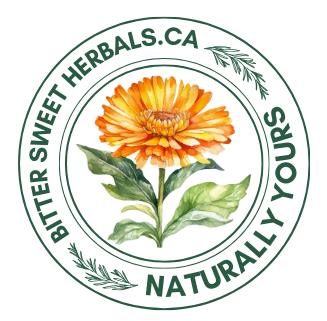Apothecary – that is what they used to call someone who would create remedies and dispense medicines to those who needed them. Apotheca, means a place where wine, spices and herbs were stored. Apothecary came to mean the person who would stock these and often offer general medical advice, and sometimes even offered some basic medical services.
“The word apothecary, in the Norman period of English history, designated anyone who kept a shop or store of such non-perishable commodities as spices, drugs, comforts and preserves. During the later Middle Ages, the term was restricted to those who prepared and sold drugs. Not until the end of the 18th century were the professions of apothecary and physician clearly distinguished.” Harold B. Gill, Je., The Apothecary in Colonial Virginia.
Everywhere in the world throughout time, herbs have been an integral part of human life. People grew and gathered herbs because of their powerful medicinal and nutritive properties. India has used ginger, pepper, and mustard in Ayurveda medicine for 6,000 years. Chinese Medicine has used herbs like ginseng and angelica for 3,000 years or longer. Hippocrates said, “Healing is a matter of time, but it is also sometimes also a matter of opportunity.” Herbs offer that opportunity in all cultures throughout all of history, including our modern medicine..

I personally love the pictures of the old-time apothecaries that we see. I can imagine as I walk into that old time shop, the smell of something brewing, and all the antique jars, containers, and labels. The blends of spices and colorful containers full of all types of herbs and spices. It is a dimly lit place with an old wooden floor. There is a sweet old gentleman behind the counter grinding up some herbs with his mortar and pestle, his faithful apprentice standing by learning every little detail. It is quite the lovely picture in my mind – simple, pure, and of the earth. Oh the simple life! If I were given the opportunity to travel one place in time, I would choose to go to somewhere like this!
These apothecary shops would often consist of three rooms. One would be the main store with shelves full of antique jars, prepared remedies, herbs, and spices. The second room might be like the lab or kitchen where the preparation of remedies would take place. If there were a third room, it likely would have been a room for consulting with a patient. The apothecary garden plot was in the back yard, where the herbs would be growing were used in the remedies made. This apothecary could identify all the plants and describe how to use each of them. He knew the details of many, many different materials and it was his job to make sure you got the right remedy for the right symptom or complaint.
AMERICA’S OLDEST BOTANICAL GARDEN
One of America’s oldest botanical gardens was created in 1728 by John Bartram. It includes many varieties from old apothecary gardens, as well as new world herbs. This garden is a living museum today, and features various theme gardens like the kitchen gardens, herb gardens, and medicinal gardens. “Whatsoever whether great or small, ugly or handsome, sweet or stinking… everything in the universe in their own nature appears beautiful to me.” John Bartram, 1740. John Bartram was America’s first botanist and was curious in wanting to learn everything about the world around him.

A Gingko Biloba tree, in Vancouver, B.C. is believed to be the oldest one in North America. It was one of the original trees brought from London in 1785. Vancouver, British Columbia in Canada, hosts the oldest botanical Garden in Canada. It contains five gardens and is spread over 70 acres of land. One of its gardens is the Physick Garden, which is recreated to represent a 16th century Monastery herb garden. It is grown in raised brick beds. What a treasure, with traditional plants that are all used for medicinal purposes.
The Chelsea Physic Garden: It is the oldest surviving garden of it’s type. These types of gardens were called physic gardens and were training ground for apothecary apprentices. These weren’t created to be pretty gardens but were practical and functional. The apothecary and his apprentice would have such a garden as this, and each section of the garden would contain herbs for specific symptoms or ailments.
Diseases used to be classified as symptoms. The apothecary would work with the symptoms of the patients and would prescribe a remedy that would work for a specific symptom. An apprentice would usually get into this profession by showing interest in what the apothecary was doing, or by having an interest in plants and herbs. Often today, this is still how herbalists and other natural types of medical professions learn, by someone who has already learned the ways, and is training apprentices, and of course by reading a lot of books! It is always a good idea to have a library of reliable books on hand that you know in and out and can reference quickly. Begin building your library today and make yourself a great home apothecary.
Apothecaries have evolved into what we have today known as pharmacies. In the early 19th century, scientists began to study the properties of plants. They began to understand the active ingredients of the plants and how they work with the body. Thus, developed the modern-day pharmacies that we know. Over 80% of the world today still uses herbal remedies, but in our modernized society, we have come to rely on the pharmaceutical companies to prescribe chemical remedies. Unfortunately, often, these drugs have horrible side effects that can sometimes be worse than the original symptoms. This has created a movement within our culture to get back to natural health. We see health food stores everywhere now, and more people are studying alternate medicines with the hopes of getting back to healing our own bodies without the use of drugs, if at all possible. Pills, tinctures, lotions, essential oils, teas, and so many other kinds of remedies are readily available. These more closely resemble the apothecary of old, minus the apprentice and teacher.

There are those of us who want to keep this art of old-world medicine alive and have decided to pass it along to the next generation. In this process of my attempting to keep it alive, I have come across some things that are just essentials in my own home apothecary. There are some herbs that are must haves, and some that are good to haves. There are essential oils that are must haves. There are also many other basic products that are essential to make the remedies. An apothecary doesn’t just consist of herbal products, there are also tools that are essential to make things work. I will go over these “apothecary essential tools” in another post.
Having a knowledge of all of these things, and a great collection of recipes and things that go into them, will allow you to create everything you need for the remedies you want. It will save you money in the short and long run, after just a few small investments. Plus, it is fun and satisfying to know that you can create a remedy to solve a problem and heal someone. I would suggest that you take it one step at a time as well. Don’t just dive in and expect to do it all at once. Experiment with one or two herbs at a time. Test it in everything and every way. Learn all you can about one herb. The best way to do it is a little at a time, so you don’t get overwhelmed. I am excited for you to continue reading and learning all about herbals and how to create a home apothecary for yourself!
Healthy Blessings to You
Davilyn
